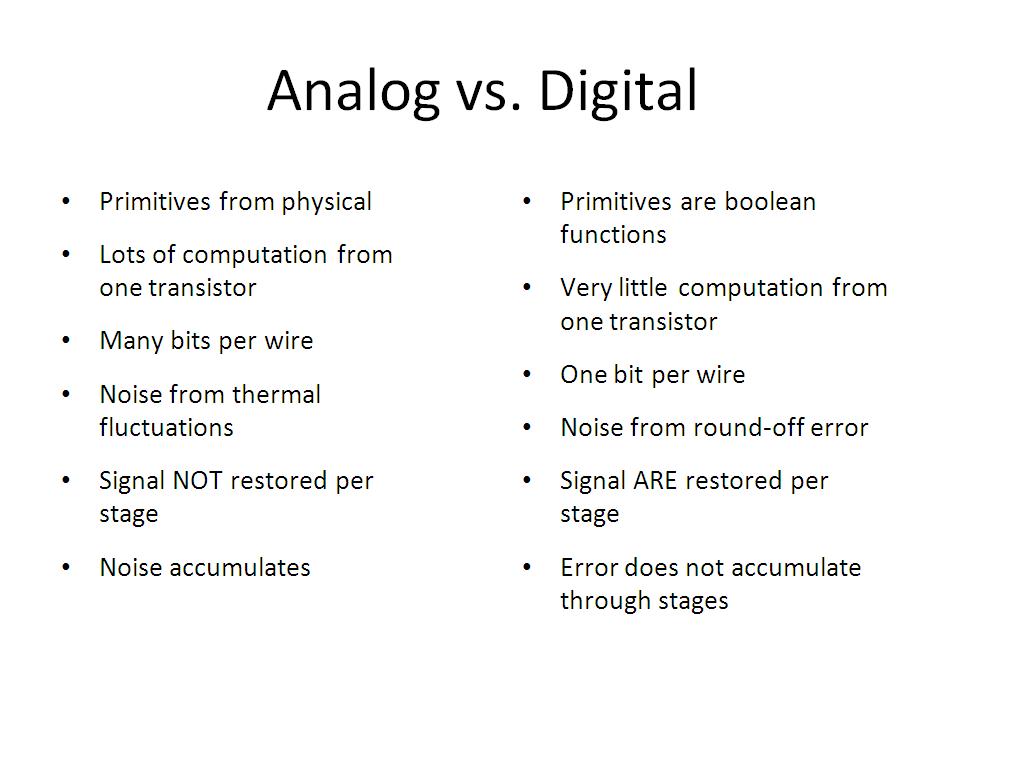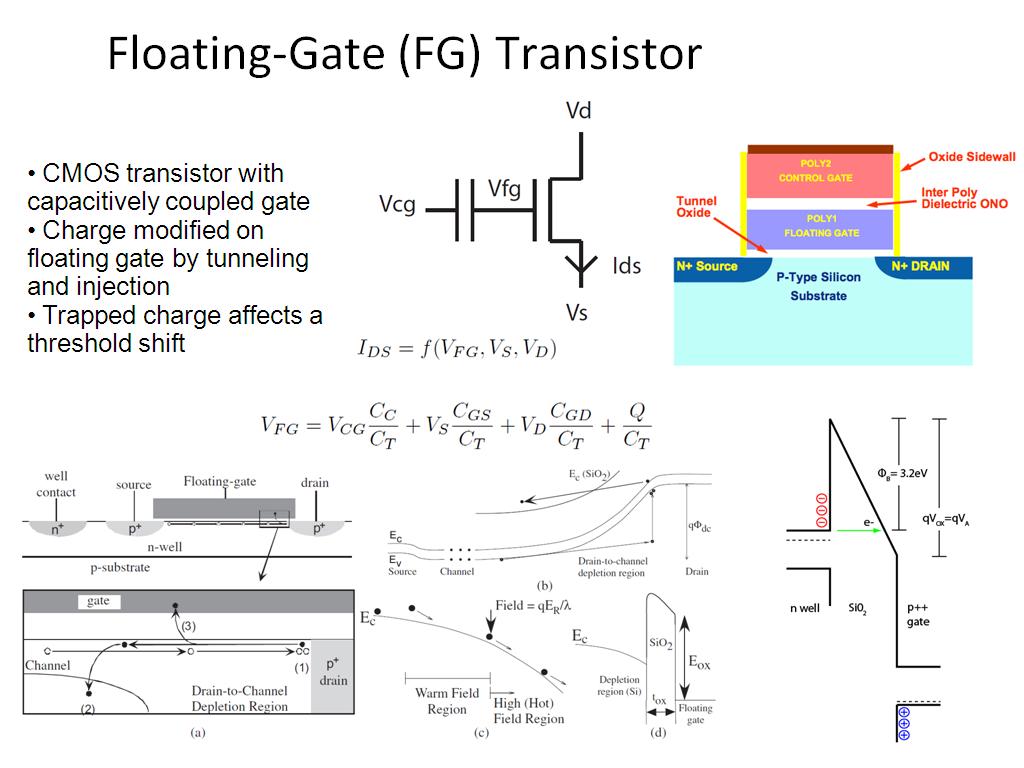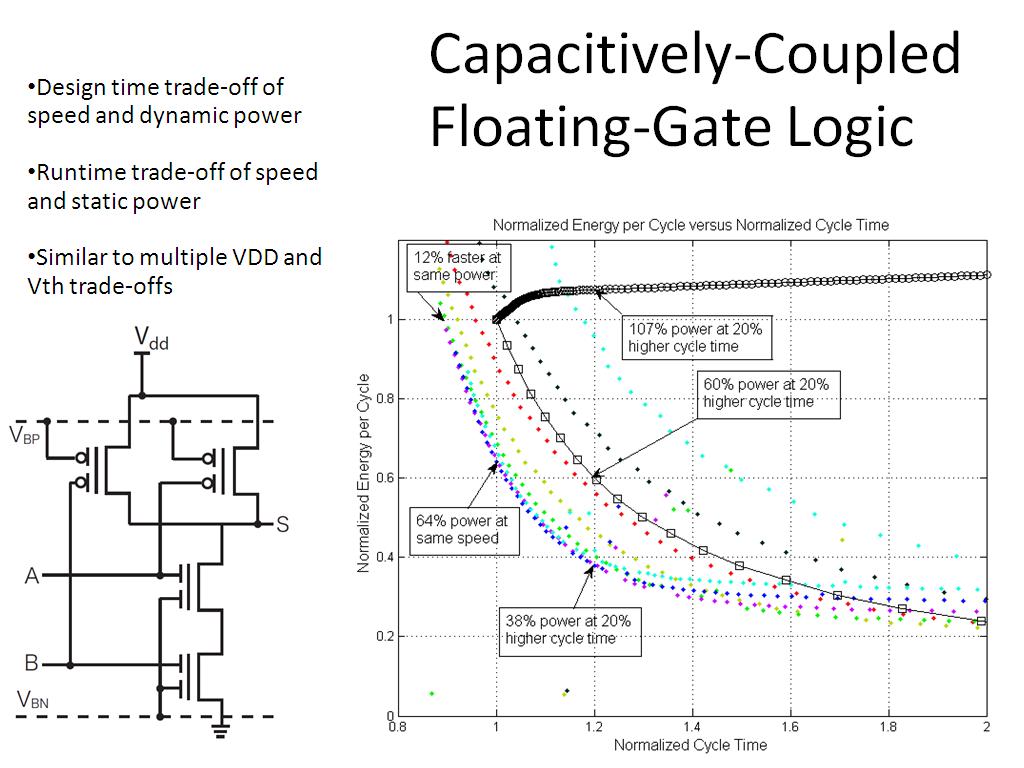Flexible Hybrid Analog and Digital Computers
Flexible Hybrid Analog and Digital Computers
-
 1. Flexible, Hybrid Analog and Di…
0
00:00/00:00
1. Flexible, Hybrid Analog and Di…
0
00:00/00:00 -
 2. Digital Computer Efficiency Sc…
111.51151151151152
00:00/00:00
2. Digital Computer Efficiency Sc…
111.51151151151152
00:00/00:00 -
 3. Traditional Digital Scaling
184.05071738405073
00:00/00:00
3. Traditional Digital Scaling
184.05071738405073
00:00/00:00 -
 4. Synchronous Digital Circuits
414.78144811478148
00:00/00:00
4. Synchronous Digital Circuits
414.78144811478148
00:00/00:00 -
 5. Example Sources of Variation
684.21755088421753
00:00/00:00
5. Example Sources of Variation
684.21755088421753
00:00/00:00 -
 6. What about Biological Computer…
790.39039039039039
00:00/00:00
6. What about Biological Computer…
790.39039039039039
00:00/00:00 -
 7. Example of Digital Computation
1000.5338672005339
00:00/00:00
7. Example of Digital Computation
1000.5338672005339
00:00/00:00 -
 8. Example of Digital Computation
1122.9562896229563
00:00/00:00
8. Example of Digital Computation
1122.9562896229563
00:00/00:00 -
 9. Example of Analog Computation
1182.1488154821489
00:00/00:00
9. Example of Analog Computation
1182.1488154821489
00:00/00:00 -
 10. Analog VS Digital
1408.6086086086086
00:00/00:00
10. Analog VS Digital
1408.6086086086086
00:00/00:00 -
 11. Analog vs. Digital
1567.9346012679346
00:00/00:00
11. Analog vs. Digital
1567.9346012679346
00:00/00:00 -
 12. Hybrid Systems
1671.7384050717385
00:00/00:00
12. Hybrid Systems
1671.7384050717385
00:00/00:00 -
 13. Energy Efficient Computing
1857.4574574574576
00:00/00:00
13. Energy Efficient Computing
1857.4574574574576
00:00/00:00 -
 14. Floating-Gate (FG) Transistor
1892.8595261928597
00:00/00:00
14. Floating-Gate (FG) Transistor
1892.8595261928597
00:00/00:00 -
 15. SRAM vs. FG Switch
2065.2318985652319
00:00/00:00
15. SRAM vs. FG Switch
2065.2318985652319
00:00/00:00 -
 16. Floating-Gate Switch Programmi…
2178.5785785785788
00:00/00:00
16. Floating-Gate Switch Programmi…
2178.5785785785788
00:00/00:00 -
 17. Capacitively-Coupled Floating-…
2210.5105105105108
00:00/00:00
17. Capacitively-Coupled Floating-…
2210.5105105105108
00:00/00:00 -
 18. FG Analog Vector Matrix Multip…
2278.2115448782115
00:00/00:00
18. FG Analog Vector Matrix Multip…
2278.2115448782115
00:00/00:00 -
 19. FPAADD
2374.0073406740075
00:00/00:00
19. FPAADD
2374.0073406740075
00:00/00:00 -
 20. FPAADD
2502.4357691024356
00:00/00:00
20. FPAADD
2502.4357691024356
00:00/00:00 -
 21. Mixed-Signal Applications
2556.3563563563566
00:00/00:00
21. Mixed-Signal Applications
2556.3563563563566
00:00/00:00 -
 22. RASP3.0 Architecture
2640.5405405405409
00:00/00:00
22. RASP3.0 Architecture
2640.5405405405409
00:00/00:00 -
 23. The RASP 3.0 Chip
2728.2282282282285
00:00/00:00
23. The RASP 3.0 Chip
2728.2282282282285
00:00/00:00